New Study! Yoga Can Help Ease Depression – 4 Yoga Poses to Try
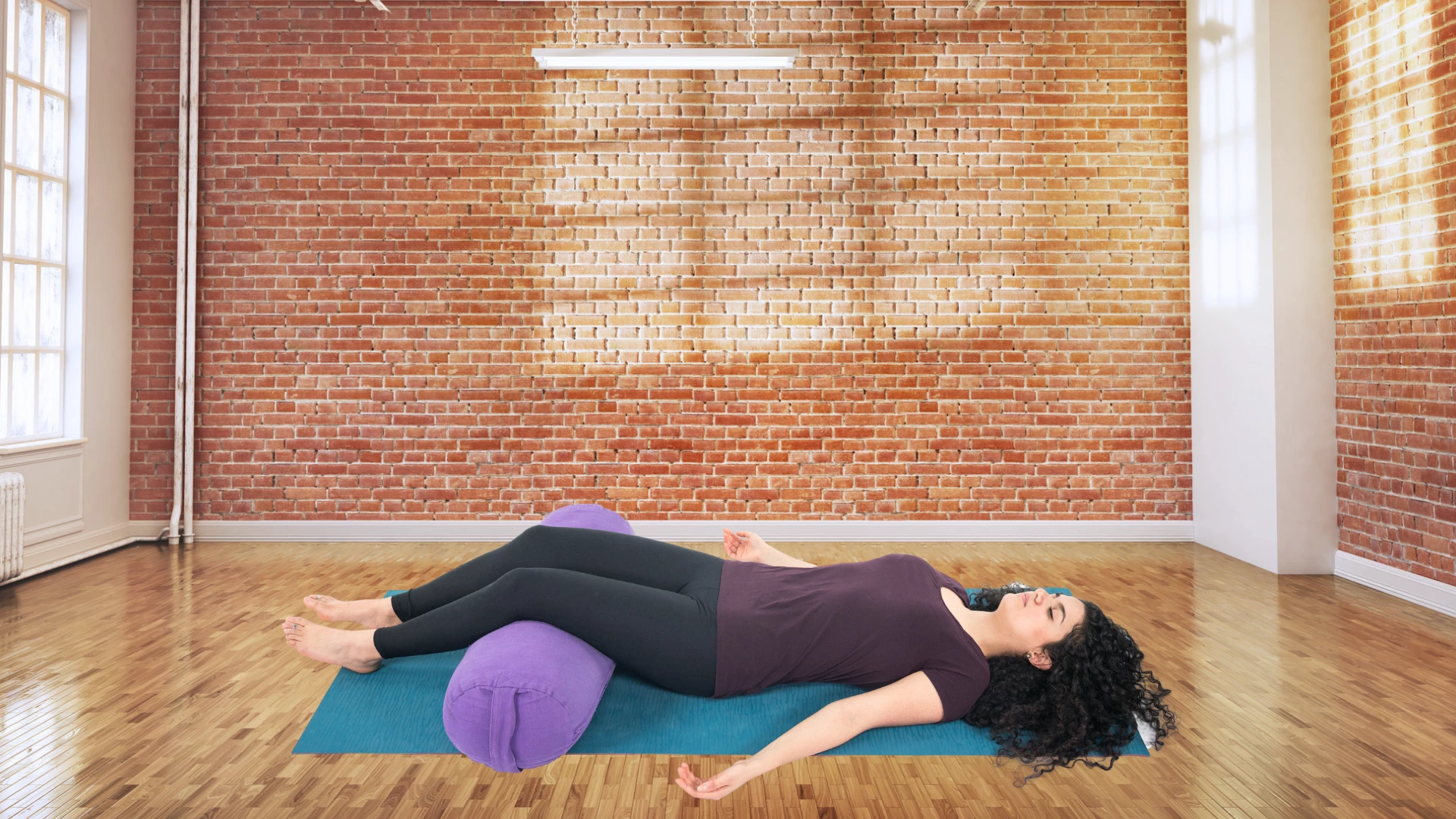
Article At A Glance
Can yoga help ease depression? A recent research review of 34 studies involving more than 1,200 people found that found that yoga was associated with significant improvements in depressive symptoms compared to control interventions, such as treatment as usual or attention control groups.
Can yoga help ease depression? While previous studies have shown some promise, a recent research review of 34 studies involving more than 1,200 people found that found that yoga was associated with significant improvements in depressive symptoms compared to control interventions, such as treatment as usual or attention control groups.
What is Major Depressive Disorder and How Can Yoga Help?
Major Depressive Disorder affects more than 280 million people worldwide, according to the World Health Organization (1). In contrast to everyday depression, which is a general term used to refer to minor or short-term feelings of sadness or hopelessness, major depressive disorder is a serious, chronic mood disorder.
Depression can significantly impact the quality of life, and it can be debilitating. Notably, major depressive disorder can lead to a range of symptoms that involve both the mind and body, including feelings of sadness or emptiness, fatigue, loss of interest in activities that once brought joy, changes in appetite and sleep patterns, and physical discomfort or pain. In addition, major depressive disorder can be linked to serious consequences, such as suicidal ideation.
Common treatments for major depressive disorder include medication and psychotherapy. But these treatments can come with side effects, may require a long-term commitment, and may not be accessible to everyone. For these reasons or others, some may prefer a more holistic approach to managing their mental health.
Yoga has been shown to be safe, acceptable, and potentially effective in reducing symptoms of depression in various populations, including pregnant people, individuals experiencing postpartum depression, and those experiencing chronic pain. While research into the effectiveness of yoga as a primary treatment for depression is still limited, promising results have been seen in studies exploring its potential as a complementary therapy.
New Research Review Finds that Yoga Can Help Ease Symptoms of Major Depressive Disorder
A new study published in Frontiers of Psychology was undertaken to explore research on yoga for major depressive disorder as an adjunctive treatment, meaning a treatment that is used to assist a primary treatment such as medication (2).
The authors of this study conducted both a systematic review, which provides a thorough analysis of existing literature on the subject at hand, and a meta-analysis, which is a statistical technique used to combine and analyze data from multiple studies to produce a summary estimate of the treatment effect. The study aimed to assess whether yoga could improve outcomes and reduce the risk of relapse in individuals with this condition.
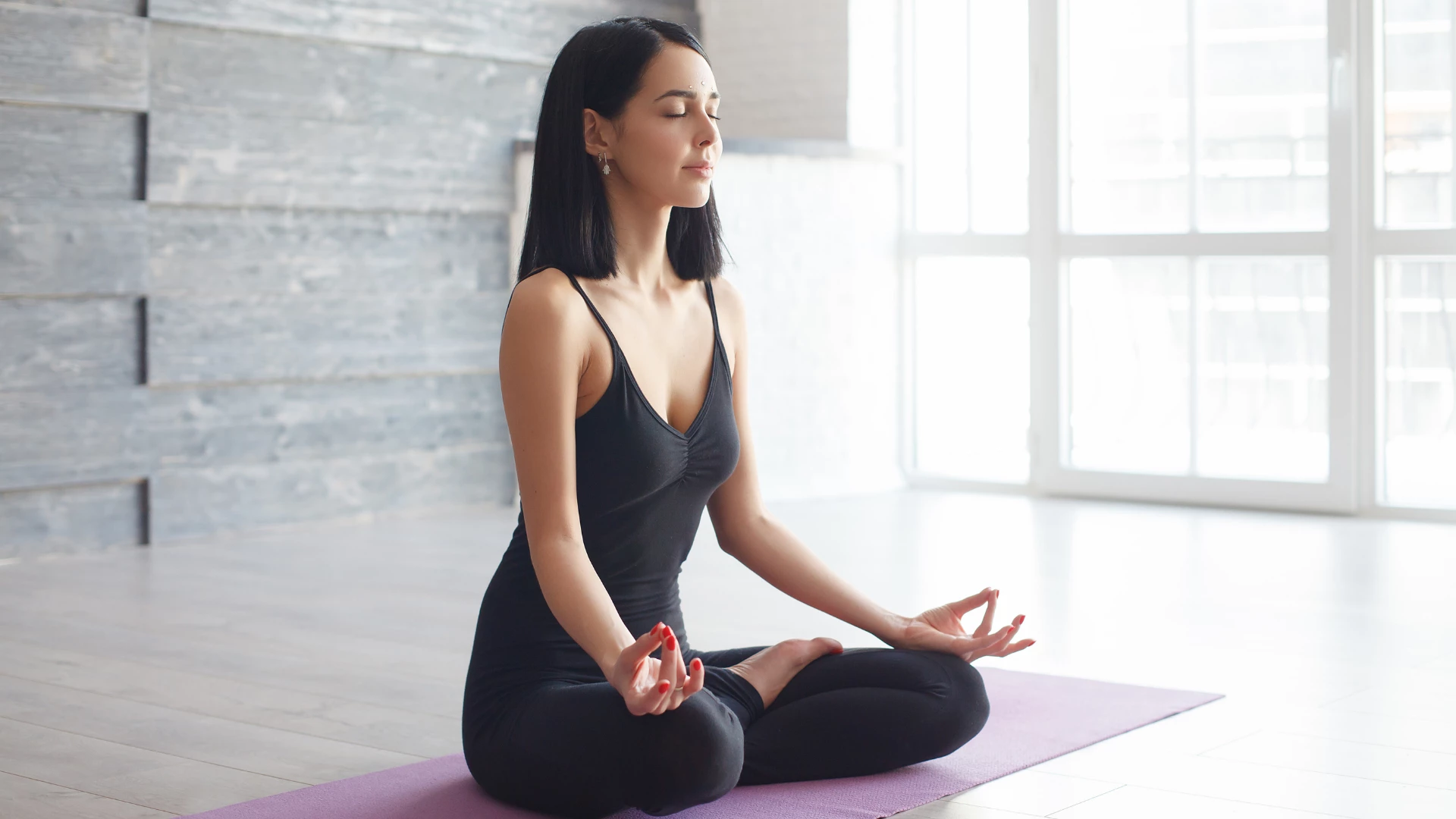
The authors identified 34 randomized controlled trials (RCTs) involving 1,269 participants with MDD who participated in a yoga intervention. The yoga interventions varied in duration and frequency but generally consisted of physical postures (Asana), breathing exercises (Pranayama), and meditation techniques (Dhyana).
The meta-analysis found that yoga was associated with significant improvements in depressive symptoms compared to control interventions, such as treatment as usual or attention control groups. These results suggest that yoga may be a useful complementary treatment option for patients with MDD who do not respond to conventional treatments or prefer more holistic care.
Limitations on Yoga Research: Further Studies Needed
Despite the promising findings, the authors acknowledged several limitations to the study. For example, most of the included studies had small sample sizes and short follow-up periods, which limited researchers’ ability to generalize findings to populations different from those included in the study. Moreover, some studies did not report adverse events associated with yoga interventions, making it difficult to assess whether any injuries or other safety issues occurred during the studies. As is often the case with yoga research, further studies are needed to show whether these short interventions have lasting health effects and whether there are specific yoga postures or practices that are specifically beneficial for individuals with major depressive disorder.
Yoga for Depression: 4 Poses to Try
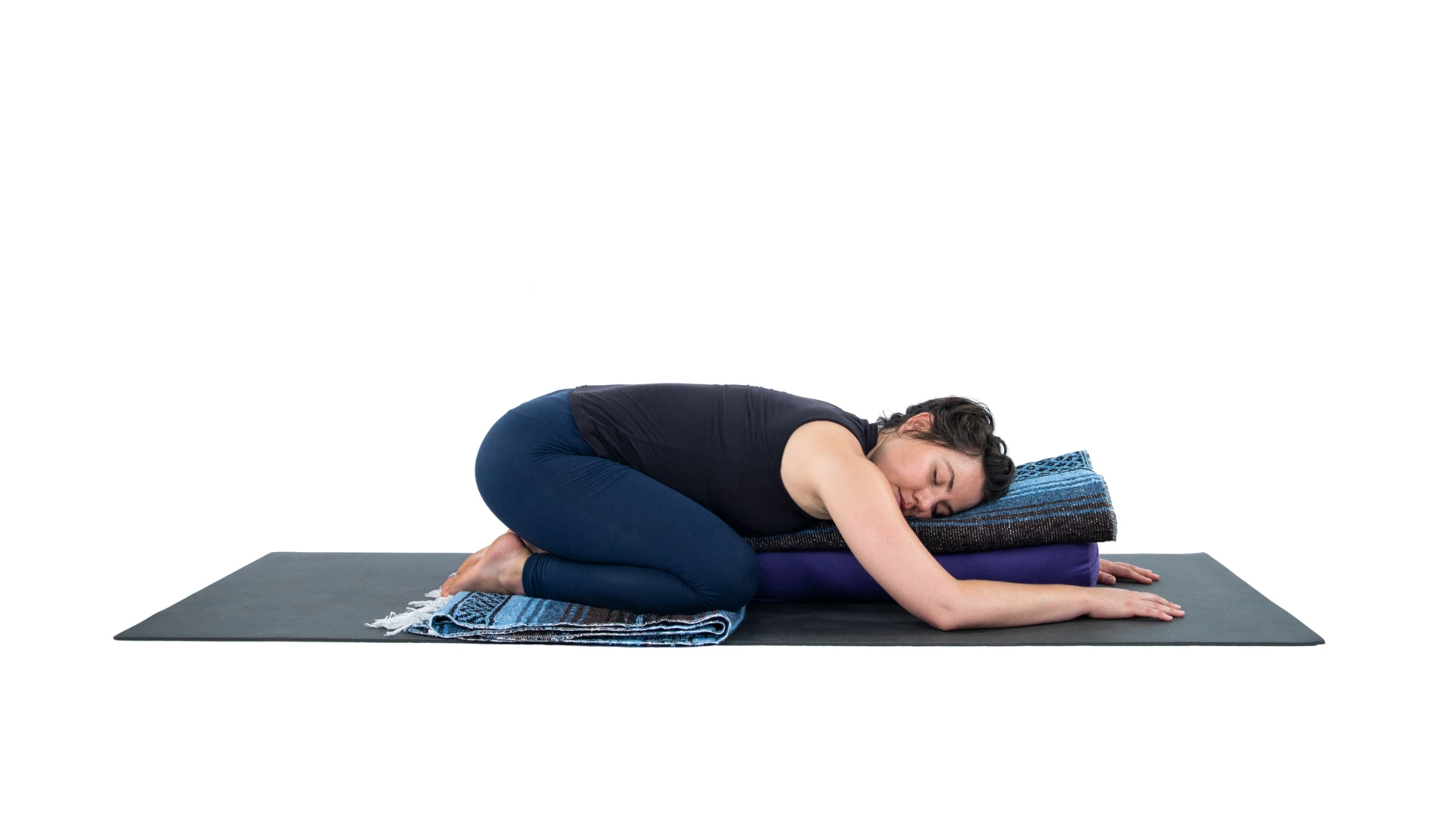
Although specific postures to help with depression are a continuing area of research, experienced yoga teachers tend to agree that practices that incorporate gentle heart openers can be beneficial for depression. In addition, restful forward folds are thought to be beneficial for those experiencing anxiety or a restless mind alongside depressive symptoms.
The following short sequence includes a blend of gentle forward folds and soothing heart openers. A blanket, a bolster, and a yoga mat are recommended for this sequence.
It goes without saying that this sequence is not an alternative to therapy for depression. While yoga can be beneficial for mental health, it is important to remember that it may not be a substitute for professional help. If you suspect that you are struggling with depression or any mental health condition, reach out to a qualified healthcare professional or therapist for help in guiding you on the path to healing and personal growth.
1. Restorative Child’s Pose (Balasana)
Restorative Child’s Pose is a comforting posture that can bring a sense of inner calm. This posture is also a gentle forward bend, promoting self-soothing by turning inward.
- To practice, start by kneeling on your mat or a blanket, and bring your big toes together while keeping your knees hip-width apart.
- Slowly lower your hips toward your heels, allowing your forehead to rest on the mat or a bolster. Extend your arms forward or rest them alongside your body.
- As you breathe, invite your body to surrender into the pose, releasing tension with each exhalation.
- Stay in this pose for 5-7 minutes. Remember to listen to your body and make any adjustments to invite comfort as you rest in this shape.
2. Apanasana (Knees-to-Chest Pose)
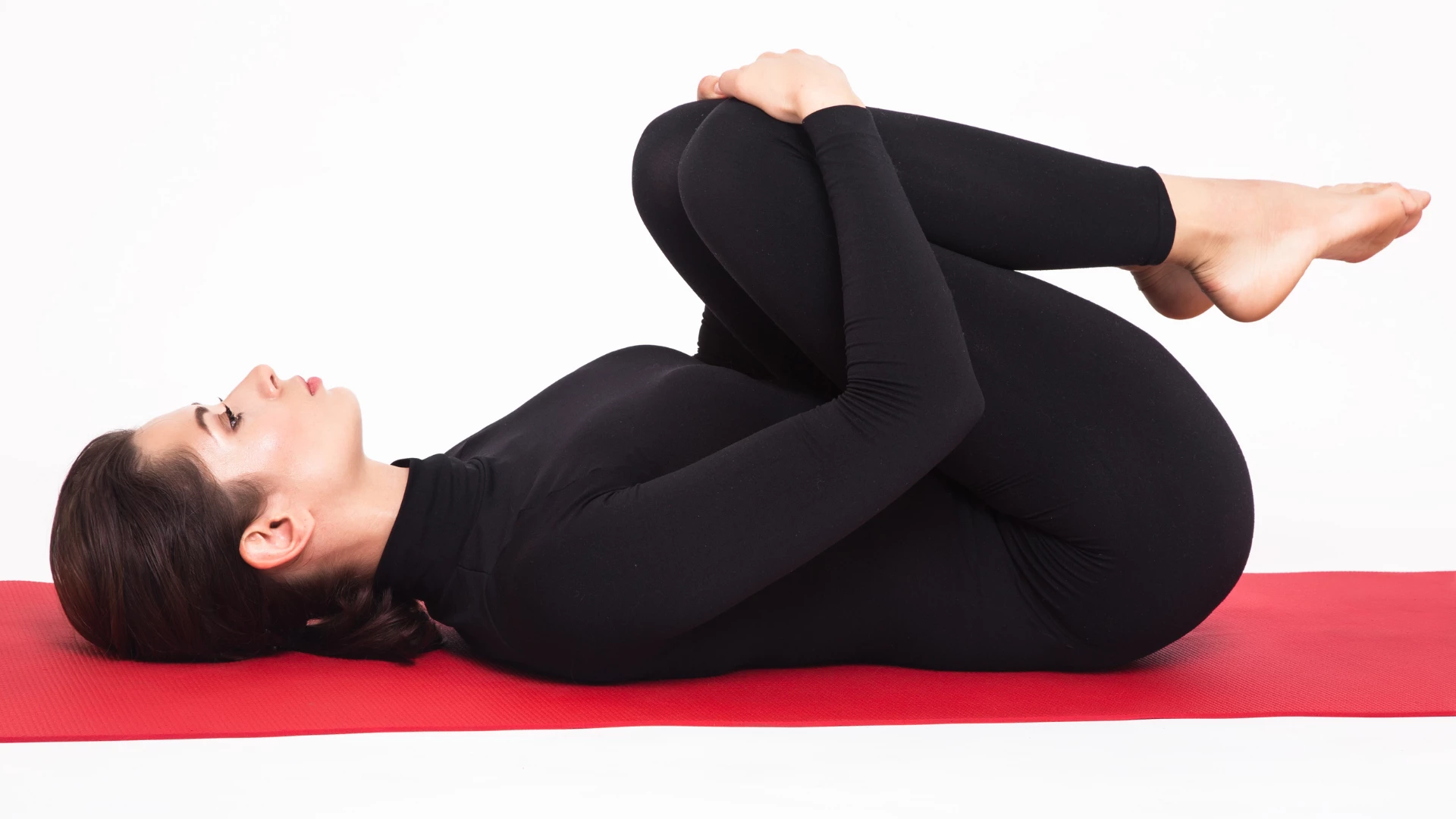
Apanasana, is a nurturing yoga posture that can release tension in the lower back while inviting the mind to relax. This posture is also a slight forward bend, but it can be a more energizing posture than Child’s Pose since it is practiced with the head and heart facing upward.
- Slowly ease out of Child’s Pose and onto your back. If you’re practicing on a hard surface, consider placing a yoga blanket over your mat for added softness.
- Lie with your legs extended, and take a moment to notice the energetic shift as you lie on your back. Then, on an exhalation, slowly draw your knees toward your chest.
- You can interlace your fingers around your shins or hold onto the back of your thighs to gently pull your knees closer. Either rest in stillness or gently rock side to side.
- Stay in this pose for about 10 breaths or as long as feels comfortable for you, embracing the soothing and grounding sensation of the shape.
- When you’re ready to release, do so on an exhalation, gently lowering your feet to the mat in Constructive Rest Pose. Take a moment to notice the effects of the pose on your body and mind before moving on to your next posture.
3. Heart-Melting Pose (Anahatasana)
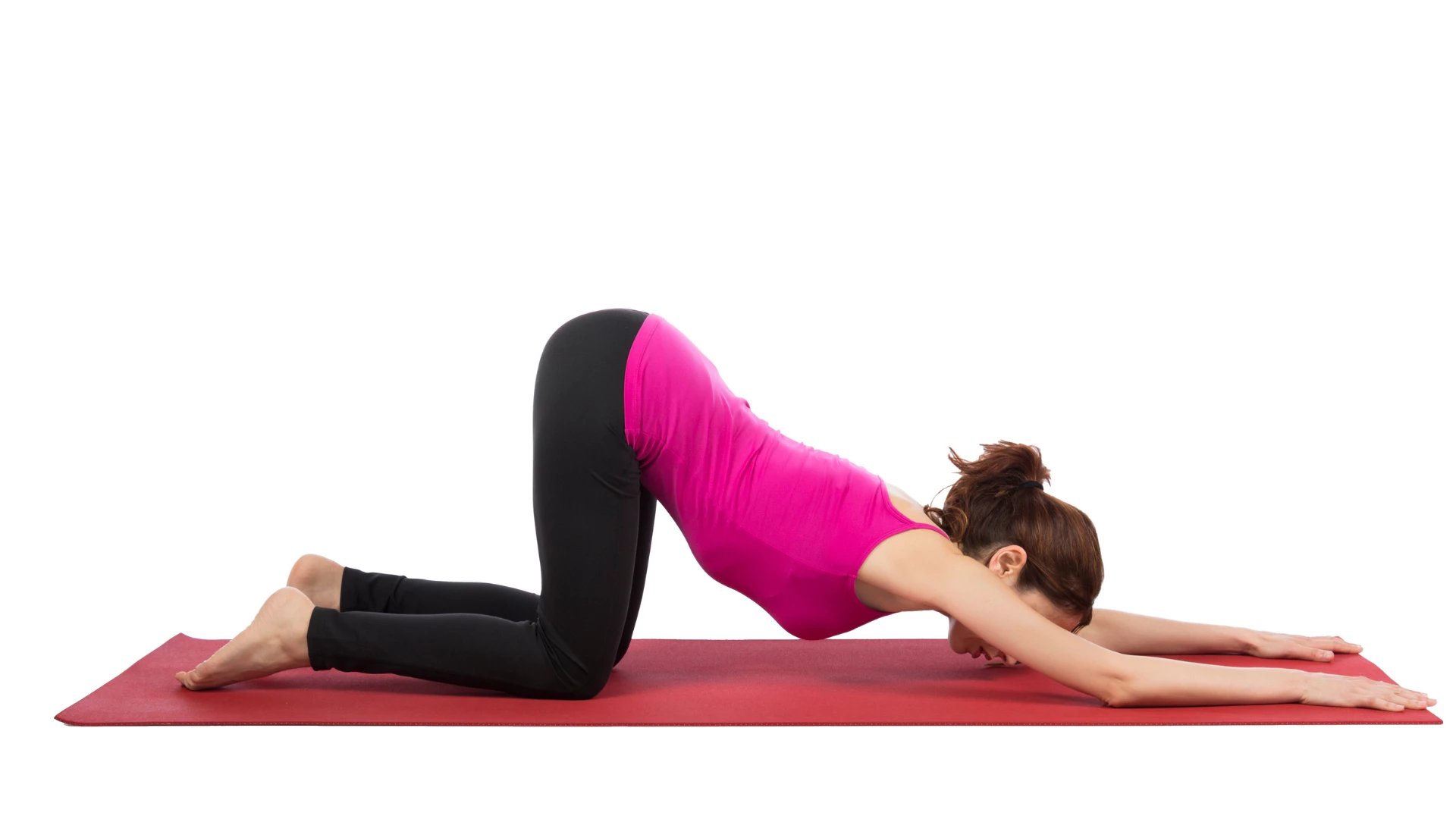
Heart-Melting Pose is the Yin version of Anahatasana, known in Vinyasa yoga as Puppy Dog Pose. This shape is a grounding, heart-opening posture that promotes a sense of joy, surrender, and emotional release.
- From your back, bend your knees, roll to one side, then use your hands to help you ease back to kneeling with your knees hip-width apart.
- Extend your arms forward and lower your chest toward the mat, allowing your forehead to rest on the floor or on a block. For a softer version of this shape, you can bring a bolster horizontally under your armpits and chest.
- Close your eyes if that feels comfortable. Invite any tension in the upper back or shoulders to melt away.
- Stay in this position for 3 to 5 minutes. When you’re ready to ease out of the pose, do so slowly, lifting your upper body and returning to a comfortable seated position. Take a moment to notice any sensations and emotions that arise.
4. Gratitude Meditation
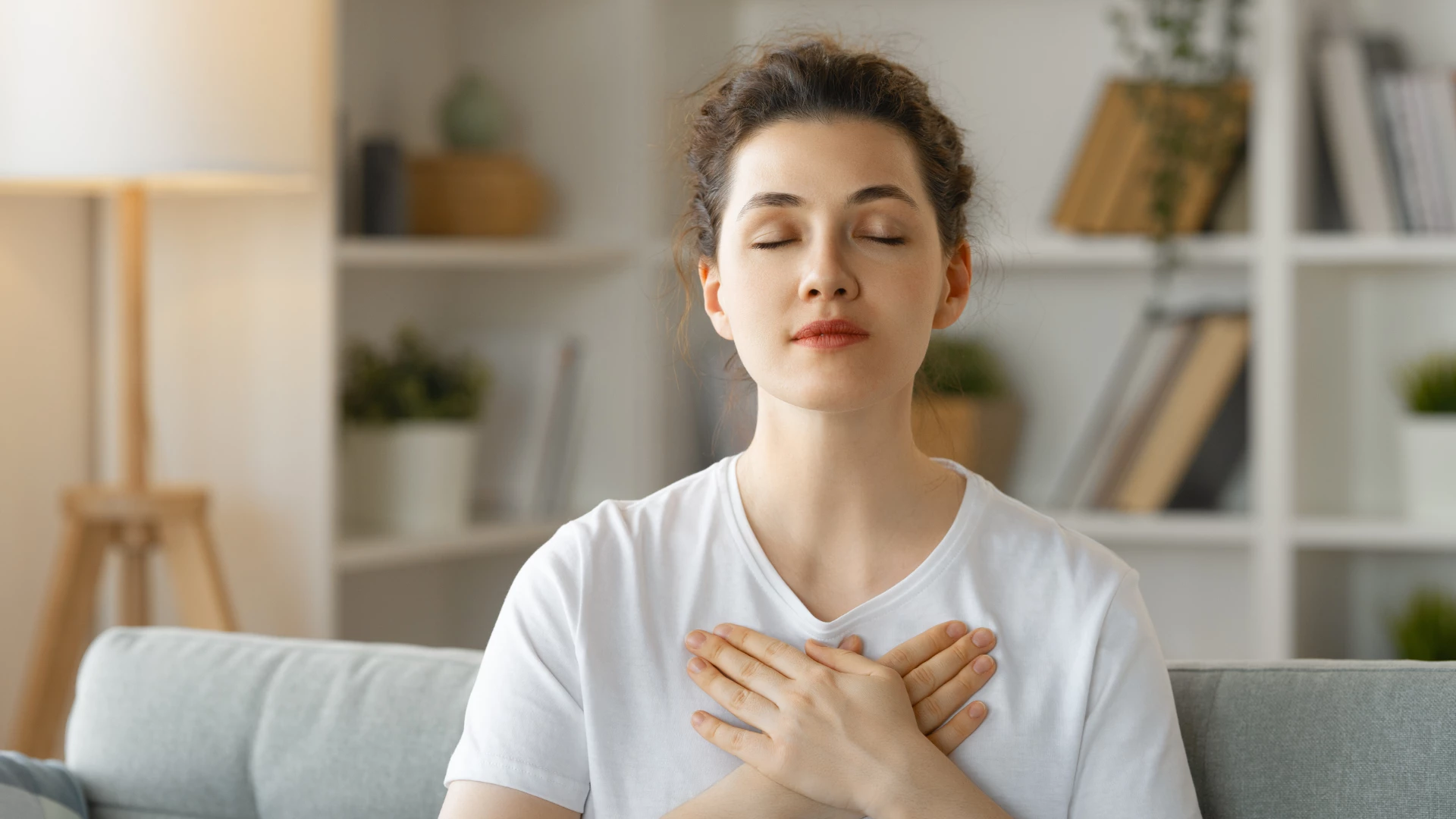
The final piece of the practice is a gratitude meditation which can be practiced in Relaxation Pose (Savasana) or Easy Pose (Sukhasana), depending on the type of energy that is needed. This meditation is meant to seal in the benefits of the practice while deepening your sense of well-being.
- Begin by becoming comfortable either on your back or in a seat. Close your eyes or soften your gaze and begin to focus on your breath.
- As you breathe, bring to mind something, somewhere, or someone you are grateful for. Reflect on the qualities or experiences they bring into your life. Allow the feeling of gratitude to begin at your heart and expand like warm sunlight filling your entire body.
- Visualize the gratitude radiating and surrounding you like a warm, comforting embrace. Then, in your mind’s eye, silently offer thanks to this person, place, or thing.
- Stay in this state of gratitude for 5 to 10 minutes, savoring the sensations and emotions that arise.
- When you feel complete, ease your awareness back to your body and open your eyes. Carry the feeling of gratitude with you as you transition back into your day. Throughout the day, take a moment to reflect on any appreciation, relaxation, or joy that arose from this practice.
Also, read...
Related courses
Exploring the Stages of Being: The Yoga of Inner Peace
Livestream with Ellen Saltonstall: Yoga for Bone Health, Strength and Balance

Lacey Ramirez writes for YogaUOnline and is an ERYT-200 yoga teacher, global health researcher, and writer based in St. Louis. Through her work, she seeks to make yoga accessible, inclusive, and equitable.
Lacey discovered yoga as a tool for centering during her years as a competitive runner. Since then, yoga has served as a way to connect with her body throughout her experience of pregnancy and parenthood. She teaches because she hopes others can use this sacred practice for calming, healing, and transformation.
As a yoga teacher, Lacey specializes in teaching restorative, Yin, prenatal, and trauma-informed Vinyasa yoga. She has also completed birth doula and prenatal/postnatal barre certifications and trainings. Additionally, she holds a Masters of Science in Global Health and Population from Harvard T.H. Chan School of Public Health. To learn more and connect, visit her website laceyramirez.com
- World Health Organization (2023). Depressive disorder (depression). https://www.who.int/news-room/fact-sheets/detail/depression
- Wu, Y., Yan, D., & Yang, J. (2023). Effectiveness of yoga for major depressive disorder: A systematic review and meta-analysis. Frontiers in Psychiatry, 14, 1138205. https://doi.org/10.3389/fpsyt.2023.1138205

